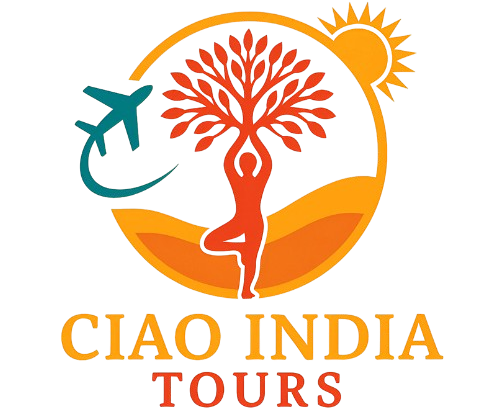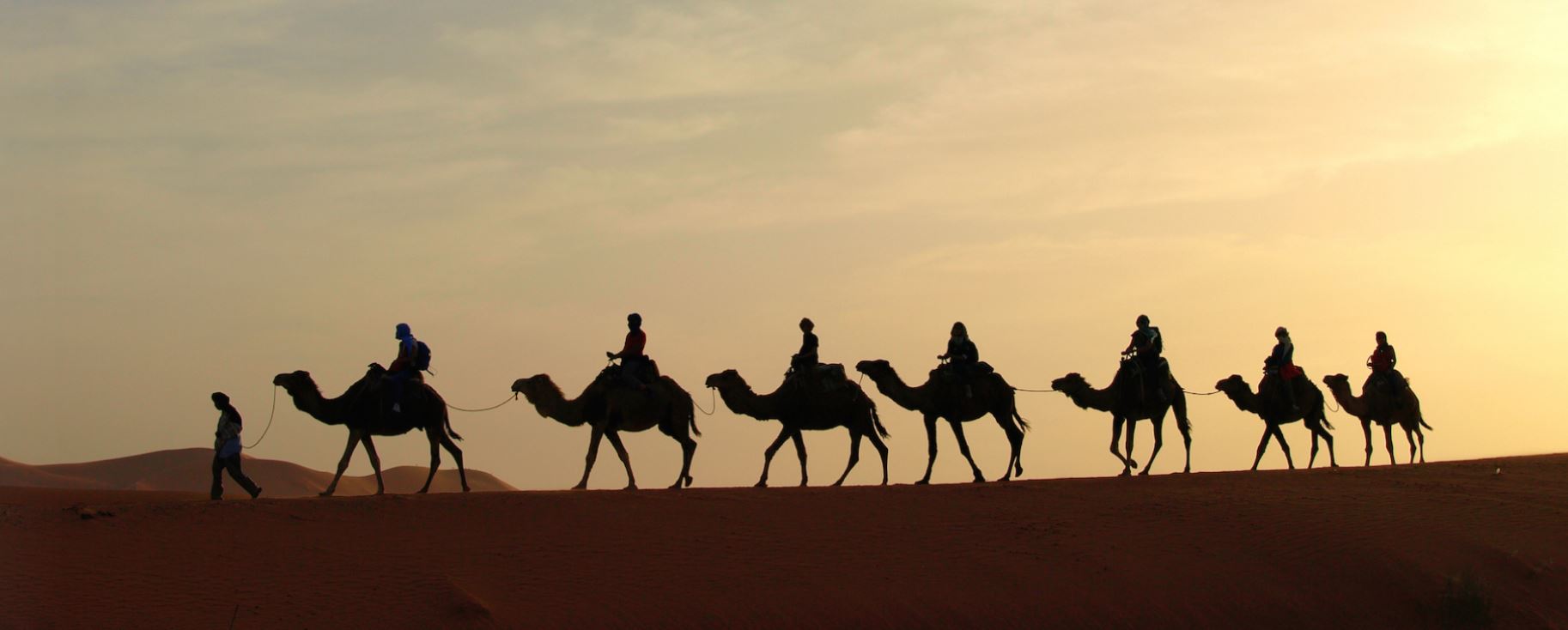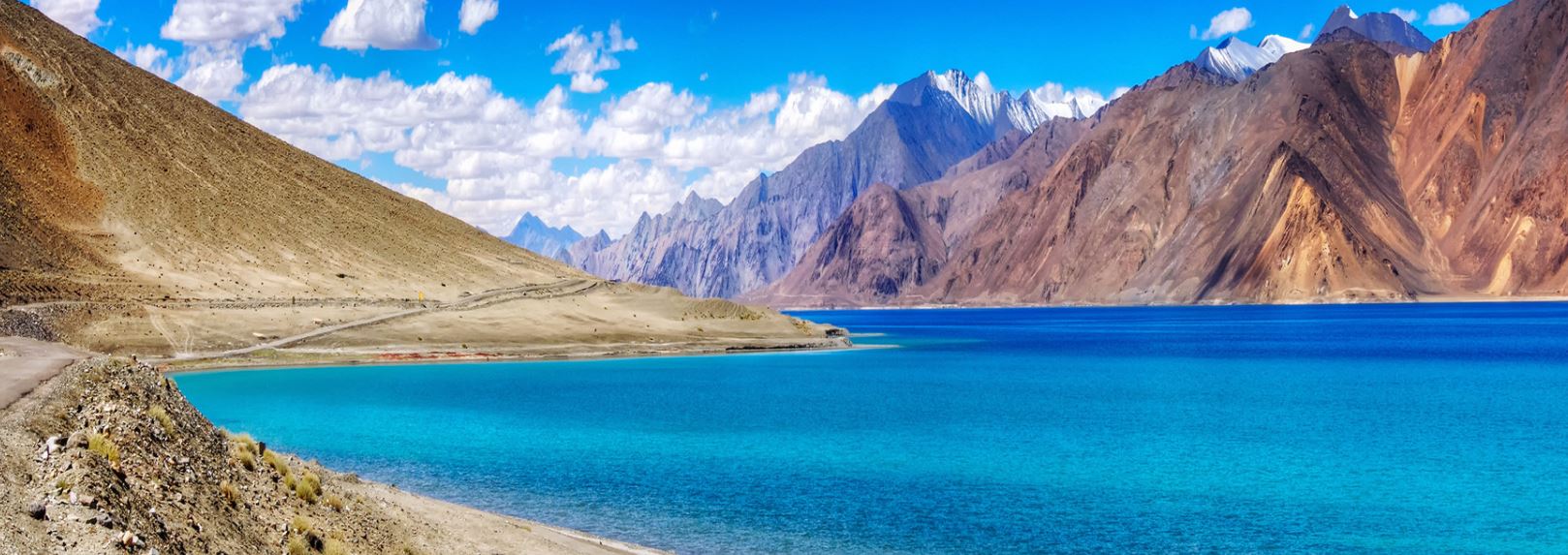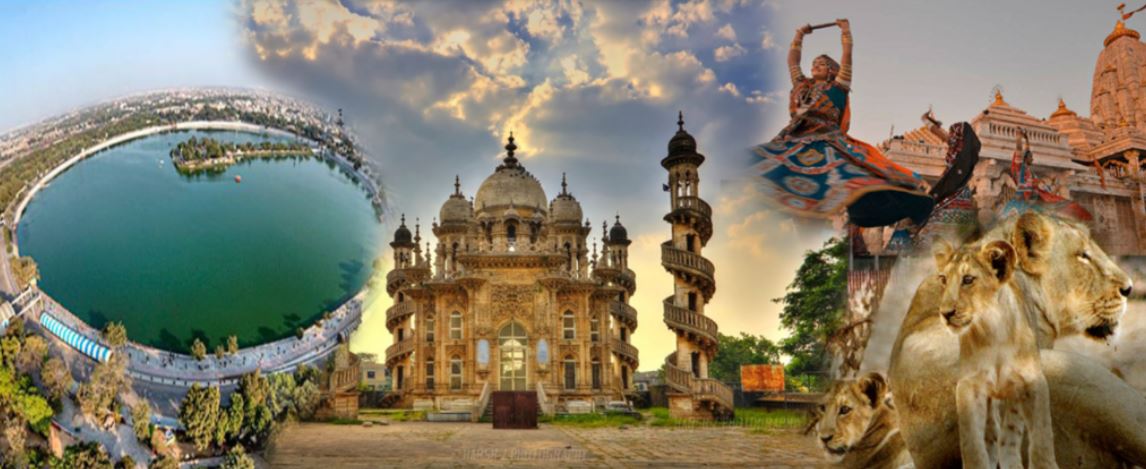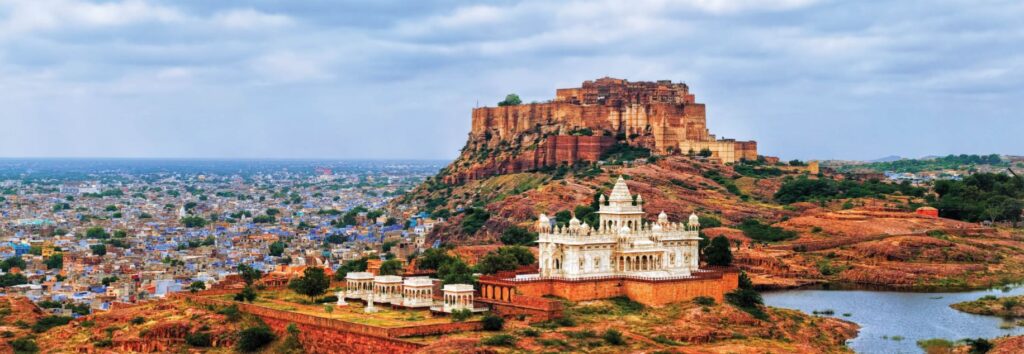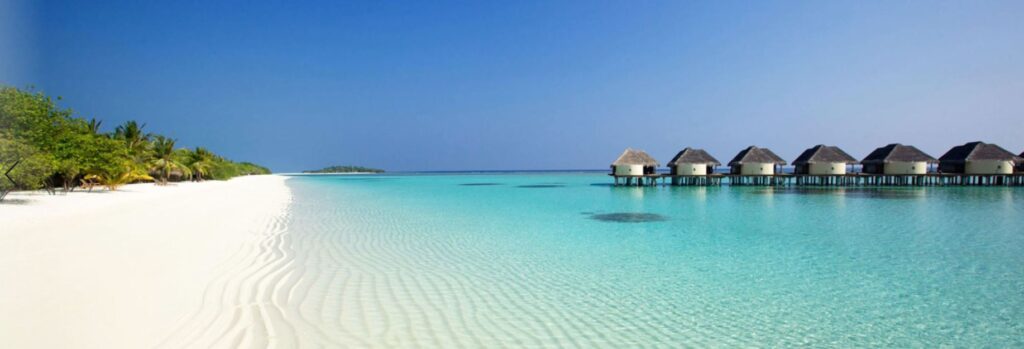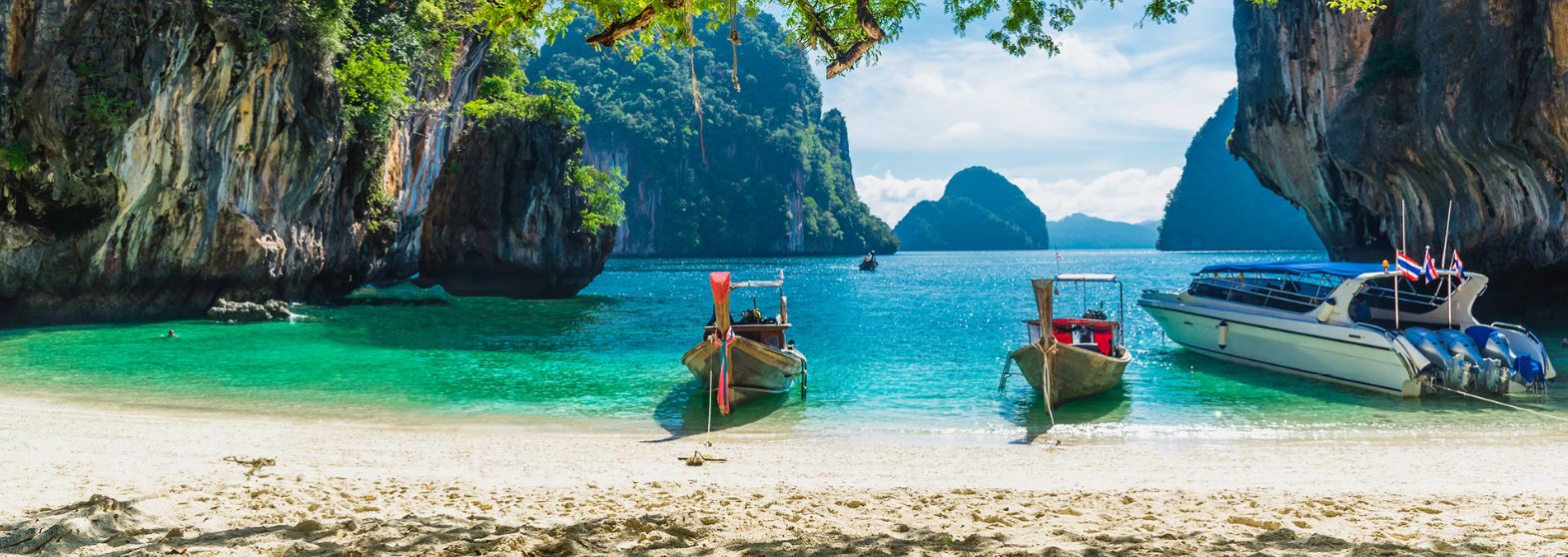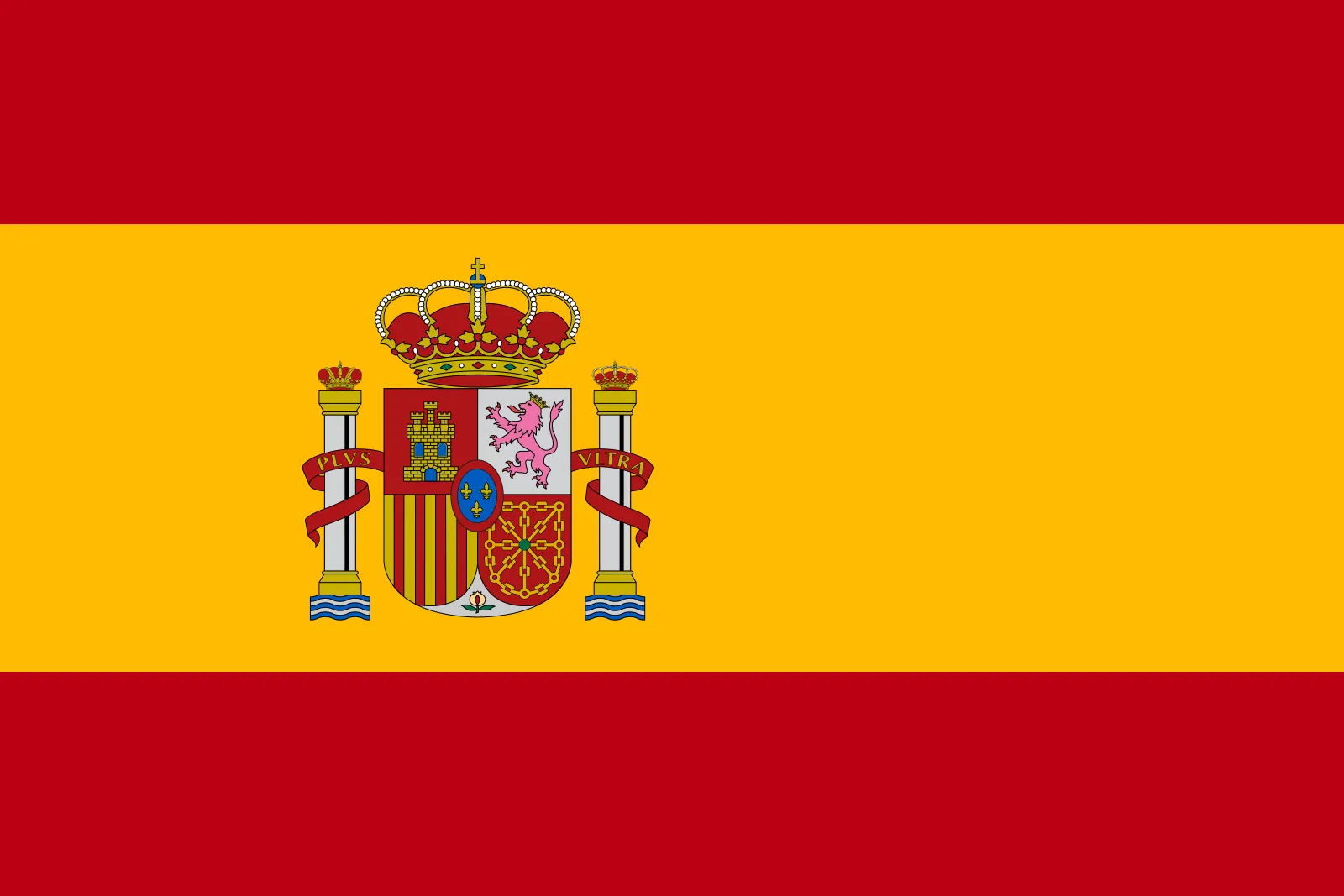Welcome to our FAQ information page for tours in India! Whether you are a first-time visitor or a seasoned traveler, we have compiled a comprehensive list of frequently asked questions to help you plan your trip to this diverse and captivating country.
General Information
Q: Why should I visit India?
A: India offers a rich tapestry of experiences, from its diverse cultural heritage, vibrant festivals, and historic landmarks to its stunning landscapes, exotic wildlife, and delicious cuisine. It's a destination that caters to every type of traveler, offering something unique at every turn.
Q: When is the best time to visit India?
A: The best time to visit India depends on the region:
- North India: October to March (pleasant weather)
- South India: November to February (mild and dry)
- Himalayan Regions: April to June and September to November
- Desert Regions (Rajasthan): October to March
Q: Do I need a visa to travel to India?
A: Yes, most travelers need a visa to enter India. You can apply for an e-Visa online or visit the nearest Indian consulate or embassy. Check the official Indian government website for the latest visa requirements.
Health and Safety
Q: Are vaccinations required for travel to India?
A: Recommended vaccinations for India include Hepatitis A and B, Typhoid, Tetanus, and Malaria prophylaxis. It's best to consult with your doctor or a travel clinic well in advance of your trip.
Q: Is it safe to travel in India?
A: India is generally safe for tourists, but it’s important to stay vigilant. Avoid isolated areas, be cautious with your belongings, and use reputable transportation and accommodation services. Women travelers may want to take extra precautions, such as avoiding traveling alone at night.
Transportation
Q: What types of accommodation are available in India?
A: India has a wide range of transportation options, including:
- Domestic Flights:Fast and efficient for long distances.
- Trains:A unique and scenic way to travel, with various classes available.
- Buses:Extensive network but can be crowded and less comfortable.
- Private Car with Driver:Offers flexibility and comfort, ideal for customized tours.
- Taxis and Auto-Rickshaws:Convenient for short distances within cities.
Accommodation
Q: What is the best way to travel around India?
A: India offers a wide range of accommodations to suit every budget and preference:
- Luxury Hotels:International chains and heritage properties.
- Mid-Range Hotels:Comfortable and affordable.
- Budget Hotels:Basic amenities at low prices.
- Guesthouses and Homestays:Local hospitality and cultural experiences.
- Hostels:Ideal for backpackers and solo travelers.
Q: How can I ensure my accommodation is safe and reputable?
A: Research and book accommodations through reputable travel websites and read reviews from previous guests. Look for properties with good ratings and safety measures in place.
Money and Currency
Q: What is the currency in India?
A: The currency in India is the Indian Rupee (INR).
Q: Can I use credit cards in India?
A: Credit cards are widely accepted in hotels, restaurants, and larger shops. However, it’s advisable to carry some cash, especially in rural areas and for small purchases.
Q: Are ATMs readily available in India?
A: Yes, ATMs are widely available in cities and towns. Ensure your card is authorized for international withdrawals, and be aware of any transaction fees.
Food and Drink
Q: What is the food like in India?
A: Indian cuisine is diverse and flavorful, with regional specialties and a wide range of vegetarian and non-vegetarian options. Popular dishes include curry, biryani, dosa, and tandoori.
Q: Is it safe to drink tap water in India?
A: It’s advisable to drink bottled or filtered water to avoid waterborne illnesses. Ensure the seal on bottled water is intact before purchasing.
Q: How can I avoid getting sick from food?
A: To minimize the risk of foodborne illness:
- Eat at reputable restaurants and street food vendors.
- Avoid raw foods, such as salads and unpeeled fruits.
- Ensure hot food is served piping hot.
Culture and Etiquette
Q: What should I wear in India?
A: Dress conservatively, especially in rural areas and religious sites. Lightweight, breathable clothing is ideal for the climate. Women may prefer to cover their shoulders and knees.
Q: How should I behave at religious sites?
A: When visiting temples, mosques, and other religious sites:
- Remove your shoes before entering.
- Dress modestly.
- Show respect and follow any specific rules or guidelines.
Q: Is tipping expected in India?
A: Tipping is appreciated but not mandatory. Common practices include:
- Restaurants: 10% of the bill.
- Hotel staff: Small tips for housekeeping and porters.
- Drivers and guides: Tip based on the quality of service.
Communication and Connectivity
Q: Will my phone work in India?
A: Check with your service provider for international roaming options. Alternatively, you can purchase a local SIM card upon arrival for cheaper rates.
Q: Is Wi-Fi readily available in India?
A: Wi-Fi is available in most hotels, cafes, and restaurants in cities and tourist areas. However, connectivity may be limited in remote regions.
Popular Destinations
Q: What are the must-visit places in India?
A: Some of the top destinations include:
- Delhi:The capital city with historic sites like the Red Fort and India Gate.
- Agra:Home to the iconic Taj Mahal.
- Rajasthan:Known for its palaces, forts, and desert landscapes.
- Kerala:Famous for backwaters, beaches, and Ayurvedic treatments.
- Goa:Renowned for its beaches and vibrant nightlife.
- Ladakh:Offers stunning mountain scenery and adventure activities.
- Varanasi:A spiritual city on the banks of the Ganges River.
- Northeast India:Known for its natural beauty and diverse cultures.
Booking and Payments
Q: How can I book a tour with Ciao India Tours?
A: You can book a tour through our website, by emailing us, or by calling our customer service. Our team will assist you in customizing your itinerary and making all necessary arrangements.
Q: What payment methods do you accept?
A: We accept major credit cards, bank transfers, and online payment options. Detailed payment instructions will be provided during the booking process.
Miscellaneous
Q: Do I need travel insurance for my trip to India?
A: It is highly recommended to have travel insurance that covers medical expenses, trip cancellations, and other unforeseen events.
Q: What languages are spoken in India?
A: India has numerous languages, with Hindi and English being the most widely spoken. Each region has its own local languages and dialects.
Q: Can I use electrical appliances from my home country in India?
A: India uses 230V/50Hz electricity with Type C, D, and M plugs. You may need a voltage converter and plug adapter for your appliances.
Things to Bring for a Trip to India: Seasonal and Climate-Specific Advice
General Essentials
- Passport and Visa:Ensure your passport is valid and you have the necessary visa for entry.
- Travel Documents:Flight tickets, hotel reservations, itinerary, and emergency contact numbers.
- Travel Insurance:Comprehensive coverage including health, accidents, and baggage loss.
- Currency:Indian Rupees (INR) or an international credit card.
- Electronics:Chargers, universal adapters, and power banks.
- Medicines:Personal medications, a basic first-aid kit, insect repellent, and hand sanitizer.
Clothing
- Lightweight, Breathable Fabrics:Cotton and linen are ideal for hot climates.
- Modest Clothing:Cover shoulders and knees, especially in rural areas and places of worship.
- Thermal Wear:Jackets, sweaters, and pants for mountain regions or northern India in winter.
For Summer (March to June)
- Light Clothing:Cotton t-shirts, lightweight pants, and long skirts.
- Hat and Sunglasses:To protect from strong sunlight.
- Sunscreen:High SPF for protection.
- Sandals and Comfortable Shoes:For walking and sightseeing.
- Reusable Water Bottle:To stay hydrated.
For Monsoon (July to September)
- Raincoat or Poncho:For sudden rain showers.
- Waterproof Shoes:Sandals or water-resistant shoes.
- Spare Clothes:As you might get wet.
- Insect Repellent:To protect against mosquitoes.
For Winter (October to February)
- Layered Clothing:Long-sleeve shirts, sweaters, and jackets.
- Warm Pants:Woolen pants or jeans.
- Hat, Gloves, and Scarf:For colder regions like Rajasthan at night or mountainous areas.
- Closed Shoes:To keep your feet warm.
Additional Tips
- Adapters for Sockets:Indian sockets are type C, D, and M.
- Personal Hygiene Kit:Toilet paper, antibacterial soap, and hand sanitizer.
- Ziplock Bags:For separating wet or dirty clothes.
- Daypack:For daily excursions.
- Secure Bag:With lockable zippers to prevent theft.
- Reading Material and Travel Guides:Maps, books, and guides on local attractions.
Travel Tips
- Health and Safety:Drink bottled water and be cautious with street food; ensure it is well-cooked.
- Cultural Respect:Respect local customs such as removing shoes before entering temples.
- Transport:Use only authorized taxis and rickshaws. In major cities, ride-hailing apps like Uber and Ola are reliable.
- Weather Check:Verify the weather for different regions you will visit as it can vary significantly across India.
Travel Tips
- Health and Safety:Drink bottled water and be cautious with street food; ensure it is well-cooked.
- Cultural Respect:Respect local customs such as removing shoes before entering temples.
- Transport:Use only authorized taxis and rickshaws. In major cities, ride-hailing apps like Uber and Ola are reliable.
- Weather Check:Verify the weather for different regions you will visit as it can vary significantly across India.
Conclusion
We hope this FAQ page provides valuable information to help you plan your trip to India. If you have any other questions or need further assistance, please do not hesitate to contact us. At Ciao India Tours, we are committed to making your journey to India unforgettable and enriching.
Contact Us:
- Email:info@ciaoindiatours.com
- Phone:+919971981381
- Website:ciaoindiatours.com
Explore the wonders of India with Ciao India Tours – Your trusted travel partner.
